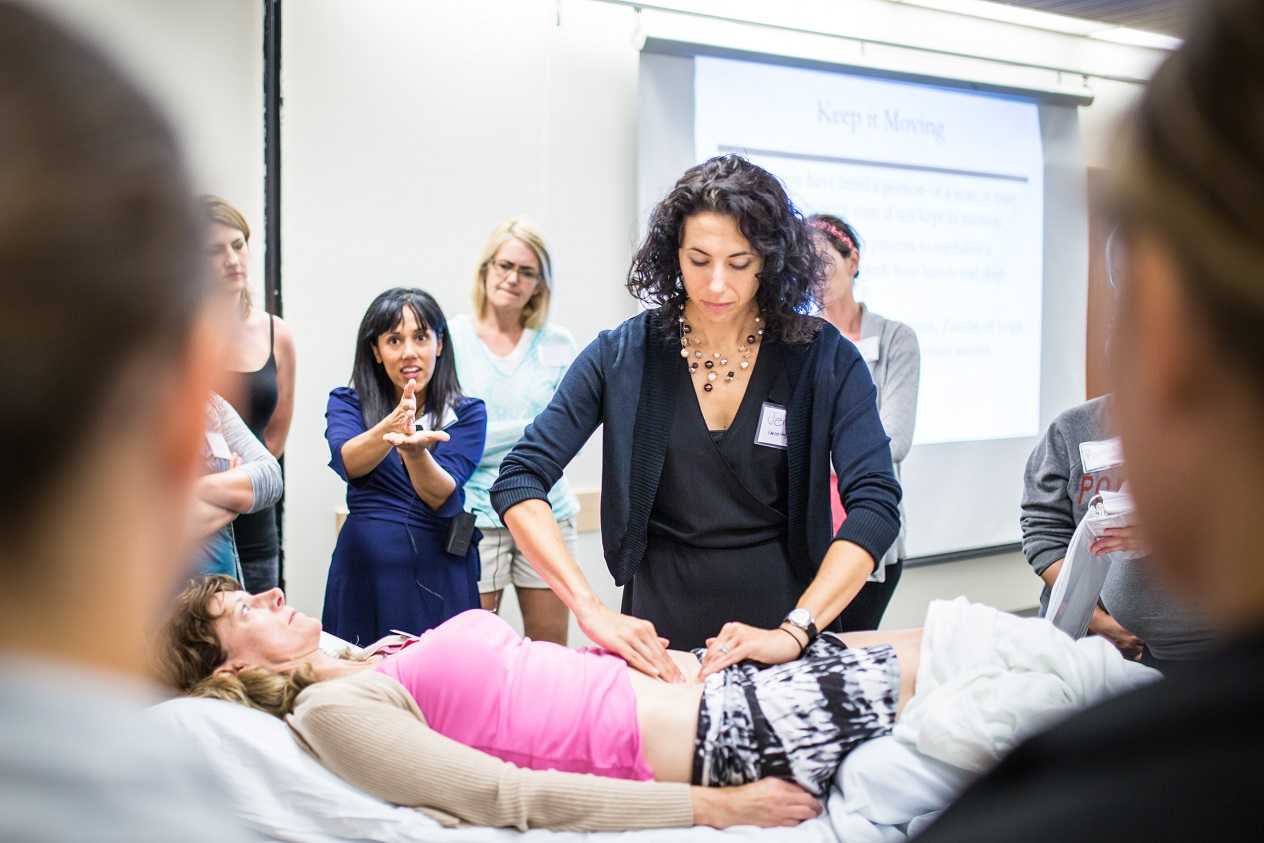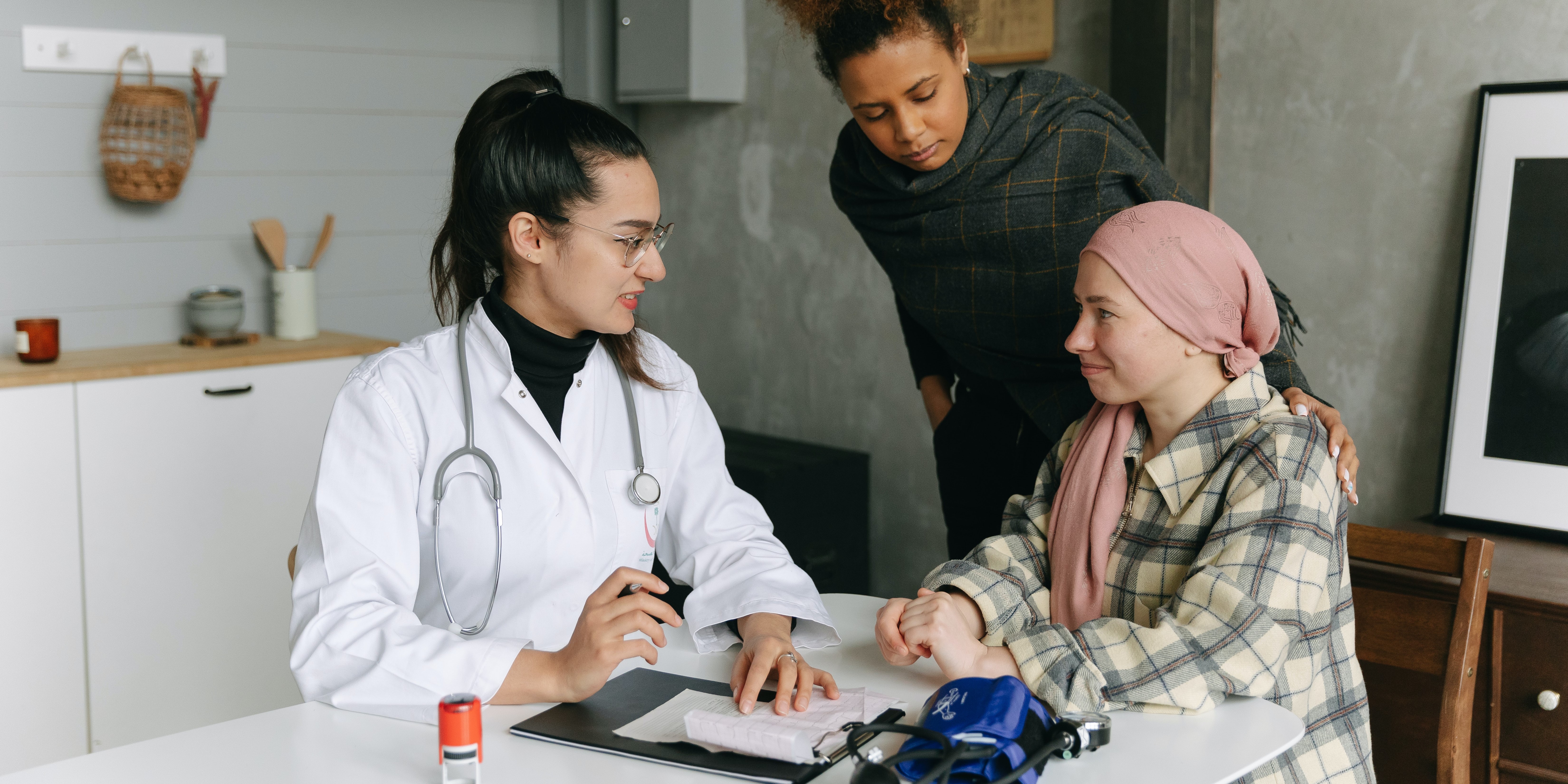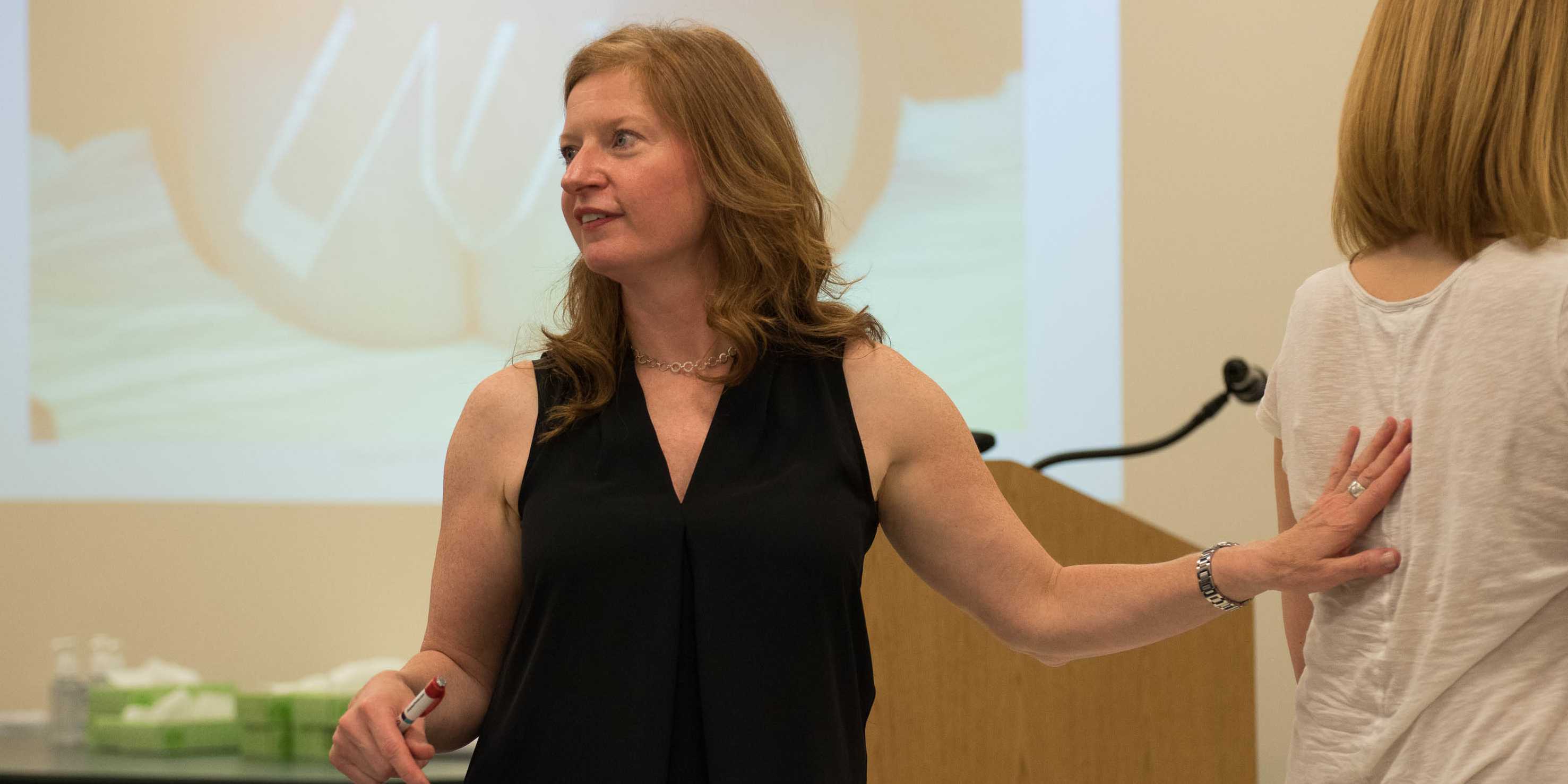In addition to all the great things our faculty will be up to at this year's APTA Combined Sections Meeting (CSM) - read THIS ENTRY of Pelvic Rehab Report for an update on the happenings in San Diego - H&W faculty members Bill Gallagher and Richard Sabel will be presenting at two upcoming conferences.
On April 24th, Bill and Richard will present "Explore the Pelvic Floor Plus More: The Foundation of Health in the Body" at the American Occupational Therapy Aassociations's Annual Conference and Expo in San Diego CA.
In June, these two will present a similar seminar, this one geared towards the yoga therapist at the Symposium on Yoga Therapy and Research conference in Boston, MA. This seminar will cover how, by bringing awareness, strength, and suppleness to thes muscles of the pelvic floor, yoga therapists can not only address incontinence, sexual fulfillment, pregnancy and postpartum health issues, but can also alleviate pain in the pelvis, hips, knees, and back, improve respiration, and facilitate functional activities.
We are thrilled to announce the launch of Part A of our brand new online course series, Medical Therapeutic Yoga!
This course was written and is instructed by Ginger Garner, MPT, ATC and presents an evidence- based method for using yoga as medicine in rehabilitation and wellness. Ginger has been lecturing on this topic throughout the United States since 2000. Her medical yoga graduate and post-graduate program, Professional Yoga Therapy, which teaches non-dogmatic, evidence-based care through fostering an east/west multi-disciplinary team approach, is a first of its kind in the US.
In addition to this brand new online course, H&W will be sponsoring two live seminars taught by Ginger in 2013: Yoga as Medicine for Labor and Delivery and Postpartum, which will be offered in Arlington, VA in October, and Yoga as Medicine for Pregnancy, which we will be offeing in Greenville, SC in September.
There are only five seats left in the Pelvic Floor Level 2A course in Boston on March 22-24!
This course will be offered at Marathon Physical Therapy and is the designed as a next step (after Pelvic Floor Level One) in completing the clinicians’ ability to comprehensively evaluate the female and male pelvic floor by learning colorectal examination and treatments.
Don't miss this chance to build you clinical skill set and take advantage of the only Northeast offering of this course in 2013 - REGISTER today!
Our host asked the participants of the most recent 11-day pelvic rehab training seminar in Dubai, United Arab Emirates to hold the flag of their home country. Look at the "global village" that attended this course! These physiotherapists will be returning to their home countries as Herman & Wallace-trained "Pelvic Ambassadors".
There's Institute-founder, Holly Herman, who instructed this course, in the middle.
The first ever Herman & Wallace course in the United Arab Emirates wraps up next week, and the Institute is eagerly looking forward to brining our mission to some other exciting international locations in the next few months.
In early January, Herman & Wallace faculty member Michelle Lyons will be teaching Oncology and the Pelvic Floor, a course covering gynocological, colorectal, prostate and testicular cancers and current cancer treatments and their implications for the pelvic floor at Mullingar General Hospital in Westmeath, Ireland.
Following that course, Michelle will be traveling to Kuwait City, Kuwait to teach a similar seminar to a group of women's health physiotherapists. The Kuwait course will focus on Oncology and Women's Health and will cover gynocologic, colorectal and breast cancer treatment.
The Women's Action Initiative is an organization whose mission is to "empower women to prioritize pelvic and perinatal health as an integral element of their overall well being and quality of life". Founded in 2008 by Angela Hughes Halliwell, a mother of two, the WAI is currently waging a campaign to combat the effects of obstetric fistula in the Democratic Republic of Congo.
Currently, millions of women in the Congo are living with unrepaired obstetric fistula caused by inadequate medical care during labor and delivery. The consequent tearing between the vagina and bladder, the vagina and rectum, or both causes leakage between the tissue that results in urinary and fecal incontinence.
Women with fistula are often mocked, ridiculed and isolated for their incontinence, and are sometimes abandoned by their families and husbands.
Institute founder and faculty member Holly Herman is jet-setting yet again! This time, she is teaching an 11-day intensive seminar on women's health and pregnancy and postpartum for physiotherapists in Dubai, United Arab Emirates.
There are 26 participants in this course, all of them women, who hail from India, Pakistan, Baharain, Indonesia, UAE, Saudi, UK, and Oman.
The intensive course will cover topics from Herman & Wallace's Pelvic Floor Level 1, 2A and 2B and 3 courses, as well as our Pregnancy and Postpartum series of courses. For the first time ever this country, female physiotherapists will learn internal evaluation and treatmetn techniques for female patients, as well as using biofeedback to assess pelvic floor patients.
In a new committee opinion, the American College of Obstetricians and Gynecologists (ACOG) wrote that birth control pills should be sold as an over-the-counter drug, meaning "the pill" would be available to women without a doctor's prescription or a preliminary medical examination.
According to ACOG, unintended pregnancies accounted for 50% of all American pregnancies in the past 20 years, a rate that is "unacceptably high", according to ACOG. According to the Institute of Medicine, women with unintended pregnancy are "more likely to smoke or drink alcohol during pregnancy, have depression, experience domestic violence, and are less likely to obtain prenatal care or breastfeed. Short interpregnancy intervals have been associated with adverse neonatal outcomes, including low birth weight and prematurity, which increase the chances of children’s health and developmental problems."
"A potential way to improve contraceptive access and use, and possibly decrease the unintended pregnancy rate, is to allow over-the-counter access to [oral contraceptives]," the Committee on Gynecologic Practice wrote in the opinion.
Congratulations to Herman & Wallace faculty member, Peter Phillip, who was recognized in his community for his stellar work as a therapist. The New Canaan Advertiser writes, "if you end up at Philip Physical Therapy on Vitti Street, you’re in good hands". (Read the full article HERE)
Peter developed two courses which he instructors through Herman & Wallace, Sacroiliac Joint and Pelvic Ring Evaluation and Treatment and Differential Diagnostics of Chronic Pelvic Pain: Interconnections of the Spine, Neurology and the Hips. Peter is also an item writer and Subject Matter Expert developing our Pelvic Therapy Practitioner Certification Exam.
Way to go, Peter!
Pelvic Rehab Report from Guest Blogger, Jillian Beaulieu, DPT, CYT
OK, before I discuss the inspiration for the title of this blog, a brief anatomy and physiology lesson:
In terms of anatomical location, the ovary is deeply embedded and protected within the ovarian fossa in the crowded lateral wall of the pelvis on either side. Each ovary is fairly small, each one being only approximately 3-5 cm during childbearing years. Female ovaries are analogous to male testes in that they are both gonads and endocrine glands that play a big role in reproductive function. Several paired ligaments support the ovaries. The ovarian ligament on either side connects the uterus directly to the ovary. The posterior portion of the broad ligament forms the mesovarium, which supports the ovary and houses its arterial and venous supply. The suspensory ligament of the ovary (infundibular pelvic ligament) attaches the ovary to the pelvic sidewall. Nerve supply to the ovaries runs via the suspensory ligament of the ovary provided through the ovarian, hypogastric, and aortic plexuses. Superior to the ovary lies the small intestine and cecum (right) or sigmoid (left). The bladder and round ligament reside anterior to each ovary. Inferiorly there is the broad ligament and parametrium. The rectum and ureters are behind each ovary. Laterally, the suspensory ligament, obturator nerve, ureters, iliac vessels are found and medially the fundus of the uterus. Wow!









































